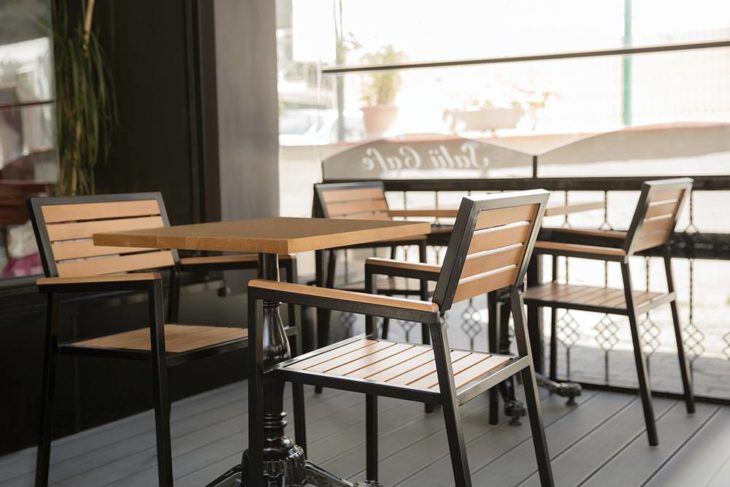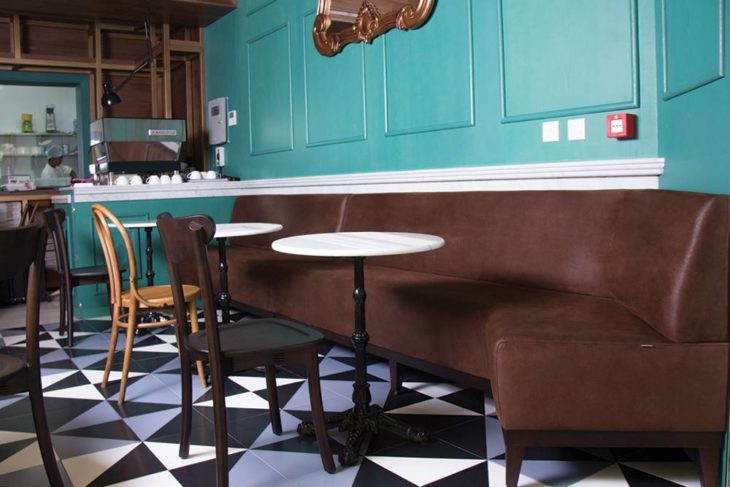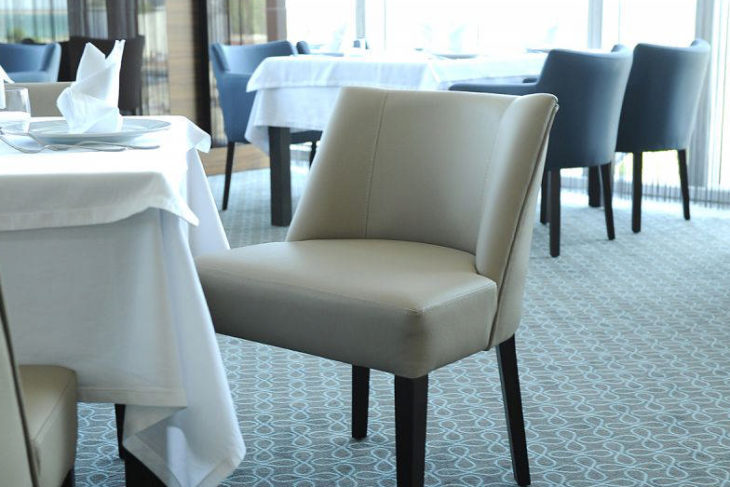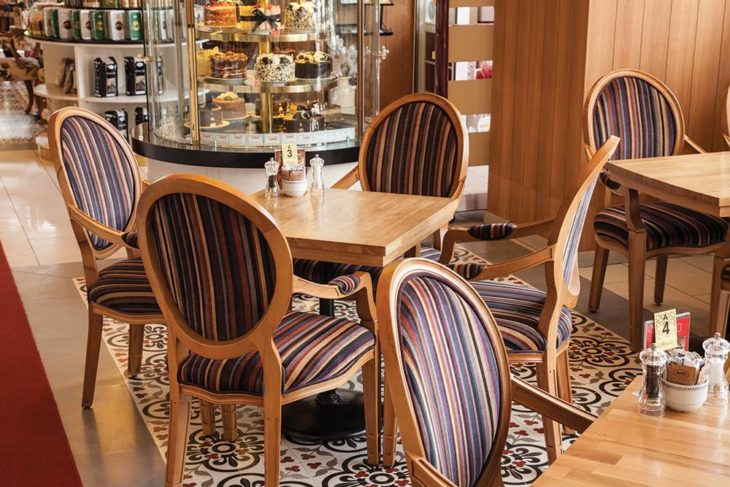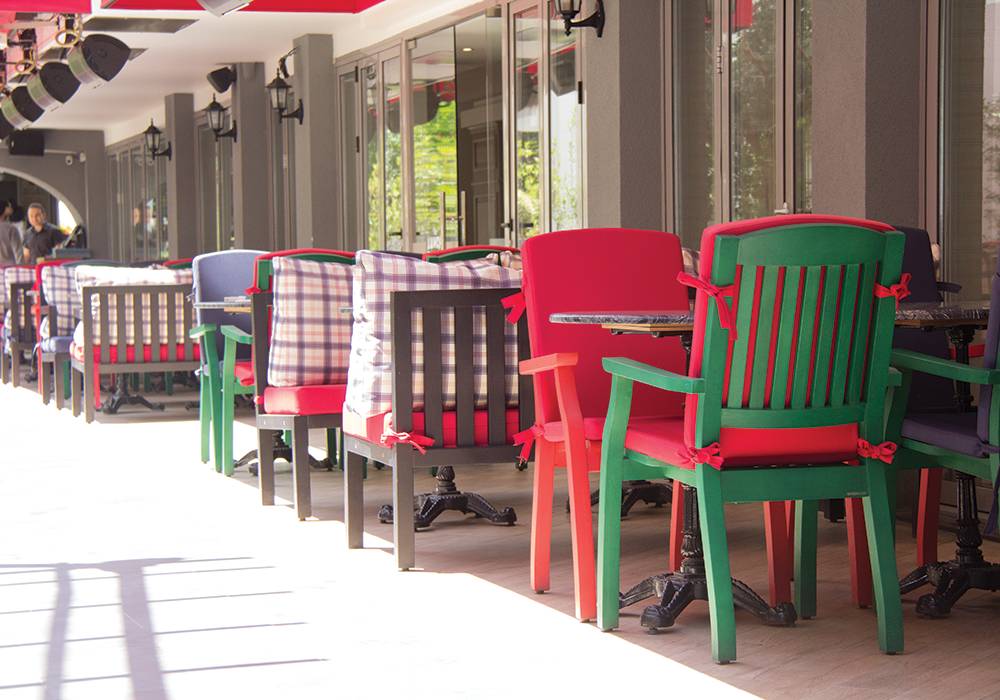
The modern Adirondack chair has developed from its original design that appeared in 1903. According to the plans for this design, the chair could be built from eleven pieces of wood. Today, Adirondack chairs are made from an assortment of materials. They appear in a variety of colors. We don’t necessarily see them manufactured from eleven pieces of wood. But the basic characteristics of the modern version are the same as the original. Because of these unique characteristics, we see the Adirondack chair as a very distinct and identifiable design. These characteristics include slat construction, wide and flat armrests, and angled backrests and seats.
What we now call the Adirondack chair was originally labeled the Westport plank chair. We have dubbed this design Adirondack after the mountain range where it originated, but the man who patented the design and first began to sell the chairs lived in a town called Westport, which lies in the Adirondack Mountains. As the original name suggests, the first chairs were constructed of several planks of wood. While the material may have changed, the plank design has not. The modern Adirondack chair still consists of individual slats fastened to other frame pieces to form the seat and back of the chair.
Another common characteristic we can observe among modern Adirondack chairs is the wide, flat armrests. Often, they are wide enough that you can rest your drink or food on the end. Comfort was the primary concern for the original Adirondack chair, but the design can provide a useful solution for small outdoor spaces. If everyone has an Adirondack chair, you may be able to forgo a dining table. Regardless of your reasons for buying Adirondack chairs, this unique characteristic sets them apart from other styles of outdoor furniture.
Variations on the design have developed, and every Adirondack chair doesn’t look the same. Even so, many employ angled backrests or seats to provide you with a more comfortable experience. For regular chairs, the whole seat sits at an angle to the ground, with the back side of the seat closest to the ground, and the front portion of the seat higher in the air. Other pieces of furniture, such as Adirondack love seats and rockers, use the same angled positioning. As a result, this feature-like the others-has come to represent not only chairs but other pieces of furniture, as well.
Aside from some obvious changes which have affected all types of furniture manufacturing, the design has hardly changed. Experiments over the last 100 years have resulted in some minor variations of the original design. But the core design remains much the same as when the chair first appeared on the American scene. Its distinguishing characteristics-slats, wide armrests, and angled seats and backrests-make this style of furniture easy to identify at first glance, even for those who know little about furniture styles. Perhaps this is why the design has thrived for so many years: nothing else looks quite like it.
